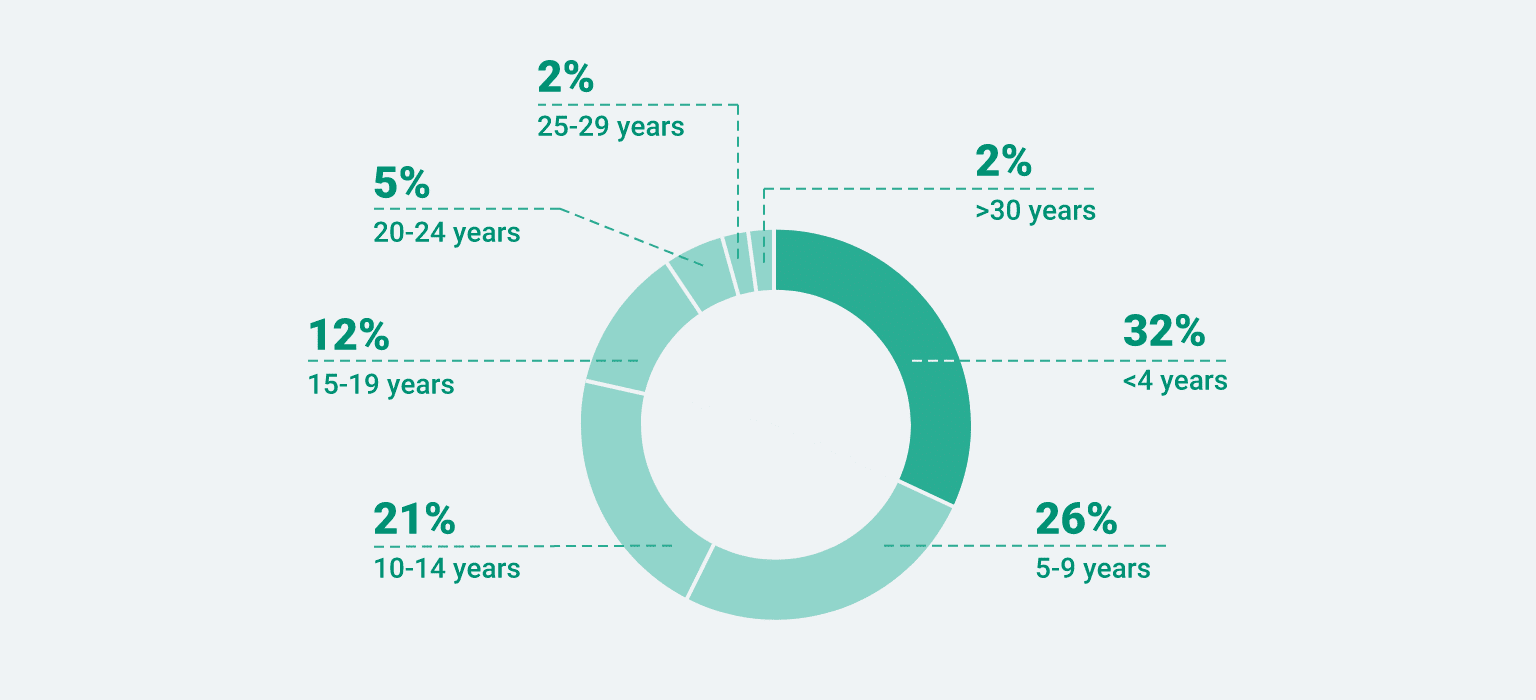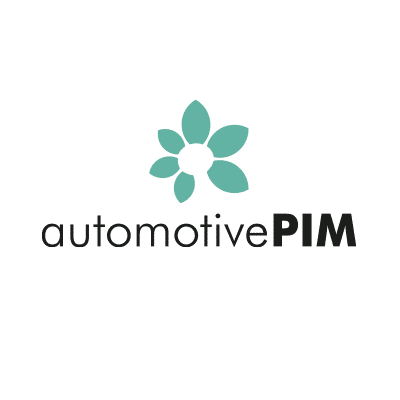Blog
The Automotive Aftermarket in Transition:
Shaping the Future With the Right Product Data Strategy
Why targeted product data management is becoming a strategic imperative

The automotive industry is under significant pressure. Geopolitical tensions, resource shortages, and ongoing conflicts are reshaping the landscape. At the same time, new technologies, shifting customer expectations, and the growing power of digital platforms are challenging established business models.
This results in a fundamental transformation with profound implications for manufacturers, dealers, workshops, and suppliers alike.
Yet, this disruption also opens up tremendous opportunities! Companies that invest in transparent processes, reliable data, and digital infrastructures today will secure decisive competitive advantages tomorrow
Ready for the Future: Seizing Opportunities, Managing Complexity
The European automotive aftermarket is undergoing constant—often structural—change. According to the Boston Consulting Group, the European aftermarket will continue to grow through 2035, but not without major shifts in its structure. Despite a steady growth rate of around 2% annually, the market is becoming increasingly complex, driven by new technologies, evolving customer demands, and regulatory requirements.
Key drivers of change include:
- Electrification: By 2035, more than 30% of new cars will be fully electric, fundamentally altering maintenance and parts requirements.
- Longer vehicle lifespans: Cars are being kept on the road longer, increasing repair needs and demand for replacement parts.
- Driver assistance & digitalization: Connected and sensor-driven systems reduce collisions but heighten diagnostic and technical requirements.
- E-commerce & platform economy: Online platforms increasingly control the customer journey, particularly in spare parts sales.
- Fleetification: Fleet and leasing vehicles dominate, requiring digitally integrated processes.

These shifts place traditional repair and parts distribution under pressure. Independent aftermarket players must adapt to remain competitive: they need to support both new vehicle technologies and the established car parc.
Across all touchpoints, customers now expect fast, seamless, and consistent access to the information they need—whether for spare parts, components, or entire vehicles. This can only be achieved through digitalization and data sovereignty.
Product Data Management Under Stress: Fragmentation & Data Overload
The growing number of vehicle models, components, and configurations makes the market increasingly complex.
The aftermarket is shaped by:
- Data fragmentation: Information scattered across OEMs, ERP, PLM, supplier, and TecDoc systems
- Diverging standards: TecDoc, ACES, PIES, and others
- Complex product relationships: Which part fits which vehicle in which configuration?
- Rising requirements for transparency and reporting cross products, variants, and markets
Mapping these diverse data sources and relationships consistently is a strategic necessity. However, the task is highly complex and cannot be managed without a powerful Product Information Management (PIM) system.
AutomotivePIM: Purpose-Built for the Automotive Aftermarket
Bertsch Innovation’s AutomotivePIM was designed specifically for the Independent Aftermarket (IAM). More than a traditional PIM system, it integrates a full-featured Digital Asset Management (DAM) solution for images, drawings, and videos—providing a comprehensive answer to the challenges outlined above.
AutomotivePIM Delivers Tangible Benefits
1. Mastering Complex Product Relationships
2. Market Transparency Through Data Consolidation
3. Data-Driven Reporting & Control
4. Omnichannel Output & Real-Time Availability
Standardized output to:
Highlight: IDP interface for real-time publishing of product data directly to TecDoc.
5. Governance, Rights & Workflows
« Today’s market demands a level of data precision and strategic agility that simply wasn’t required a decade ago. When we speak with a global powerhouse like Bosch or a specialized innovator like Corteco, the conversation isn’t about the ‘what’—it’s about the ‘how.’
How do you manage a portfolio of over 20,000 unique parts when every detail, from a specific screw thread to an alloy composition, is critical?
Our AutomotivePIM is the answer. It’s the single platform that allows them to maintain profitability and brand trust, even when the market is in turmoil. »
Who Benefits from AutomotivePIM?
A specialized PIM solution creates value for a wide range of stakeholders in the Independent Aftermarket (IAM)—whether manufacturers or distributors, and regardless of which departments use the system.
- Product Managers
With AutomotivePIM, product managers can ensure that all product-related information is stored in one centralized hub. This enables efficient management, updates, and distribution of data. Thanks to integrated PLM capabilities, AutomotivePIM can be applied early in the product development and evaluation phase. This allows product managers to begin data maintenance from the start, eliminating redundancies caused by duplicate entries across multiple systems.
- Marketing
Marketing teams benefit from a PIM as the single source of truth for product data, images, and videos. When information is managed across different sources, errors are almost inevitable. A specialized PIM consolidates all content centrally, ensuring consistent, accurate, and targeted messaging that can be automatically delivered across all relevant channels.
- IT Departments
IT leaders can rely on AutomotivePIM to integrate seamlessly into their existing technology stack. Its API-first approach provides extensive flexibility, guaranteeing smooth data flows and effective collaboration across systems and departments.
- C-Level Executives
For executives, AutomotivePIM delivers transparency across product assortments and revenue streams. As a single source of truth, it ensures strategic visibility and supports informed decision-making at the highest level.
Strategic Advantages for Decision-Makers
Companies still relying on manual processes with Excel, ERP, and similar tools risk drowning in data chaos and losing competitiveness.
In contrast, businesses adopting industry-specific solutions secure clear advantages.
AutomotivePIM unites PIM and DAM in a single platform, designed specifically for the automotive aftermarket.
AutomotivePIM enables:
- Faster time-to-market through synchronized processes across the product lifecycle
- Optimized market coverage with data-driven assortment planning
- Improved collaborationacross R&D, procurement, marketing, and sales
- Scalable support for internationalization and new digital business models
Conclusion: Master Data Today to Lead Tomorrow
The transformation of the automotive aftermarket is ongoing. Companies that invest now in a specialized PIM solution like AutomotivePIM will achieve:
- Digital sovereignty
- Competitiveness in e-commerce
- Transparency at all management levels
- The ability to make faster, better decisions
The key to the IAM’s future lies in data. AutomotivePIM makes it actionable.
Source:
– Roland Berger: European Independent Automotive Aftermarket Panorama / 10.2024
– Boston Consulting Group: At the crossroads – The European Aftermarket in 2035 / 09.2024
Highlighted Whitepaper
ePaper: Automotive Aftermarket
Téléchargez notre e-paper sur le marché secondaire de l’automobile et découvrez les défis quotidiens des fabricants, ateliers et prestataires de services.




